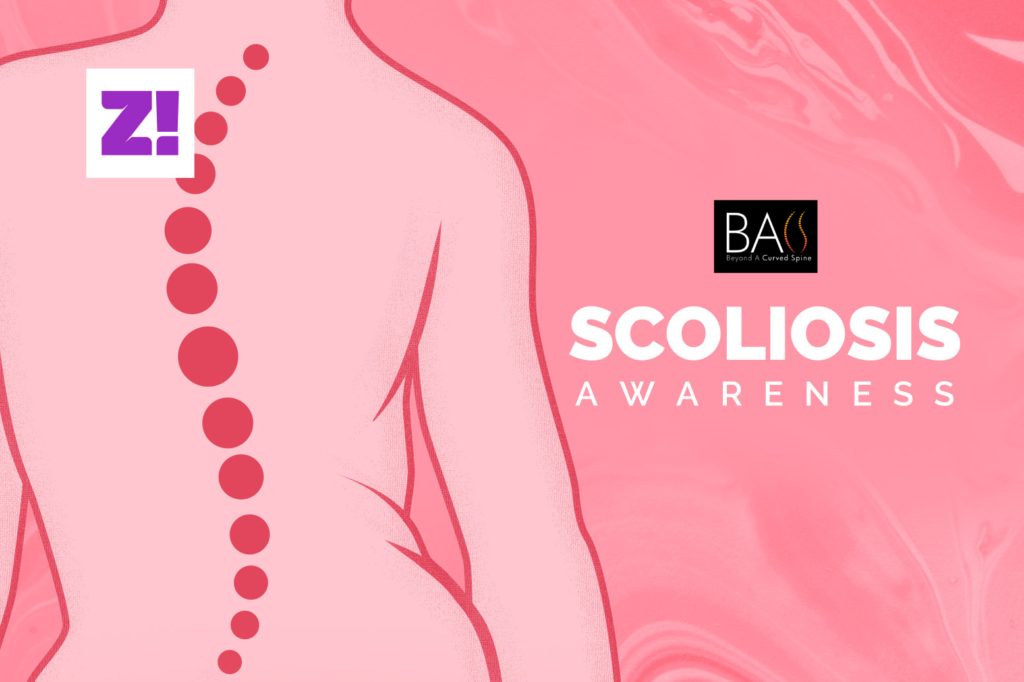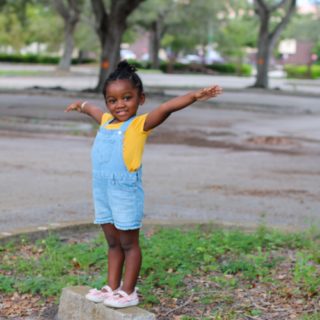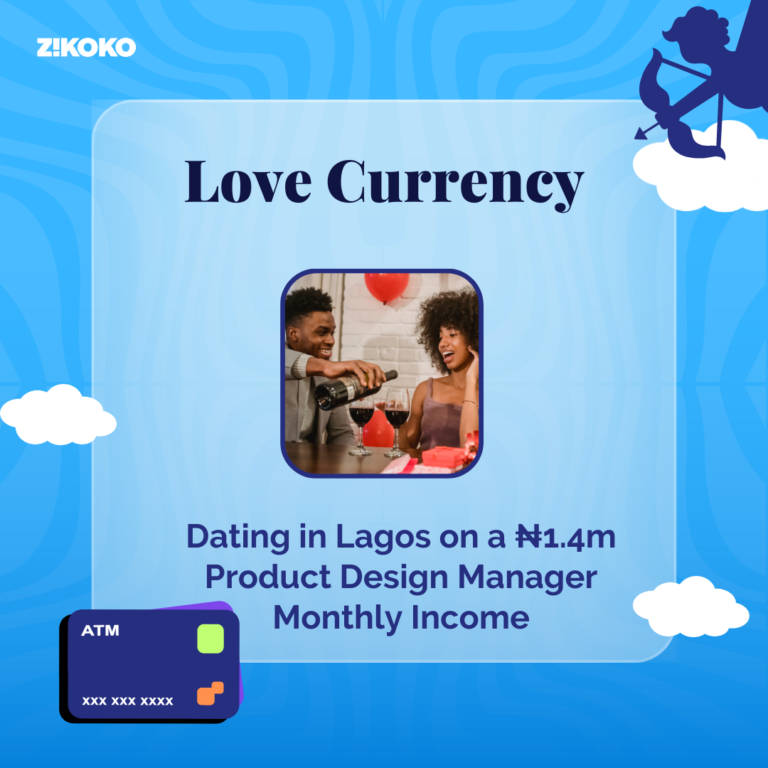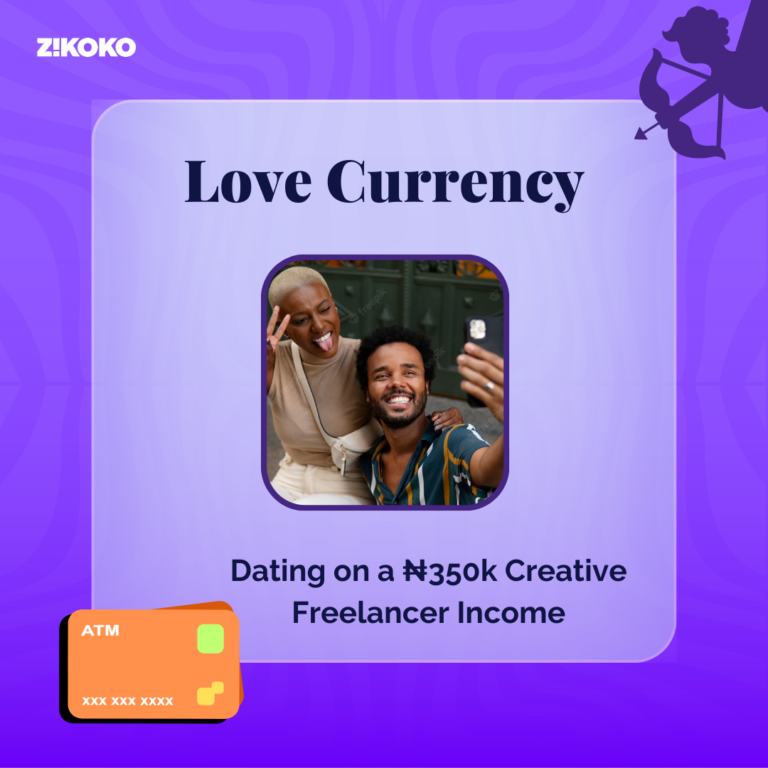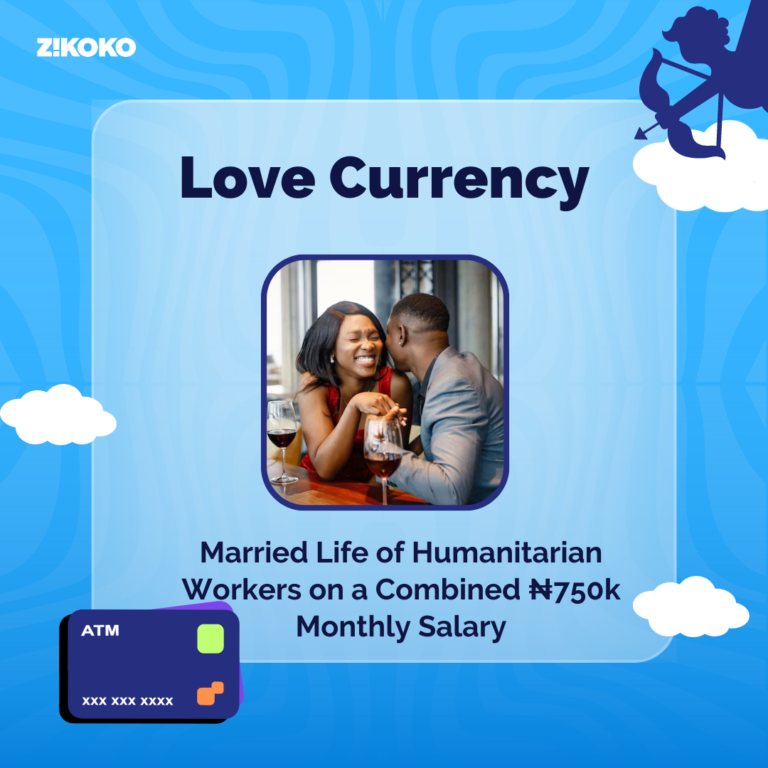Scoliosis happens when the spine curves sideways, and it’s common in childhood or early adolescence. For a condition that affects about 5.3% of the Nigerian population very few people know about it. So for Scoliosis Awareness, we’re sharing stories of real-life scoliwarriors.
For some people life throws curve balls. But for others, it’s a curved spine in the form of Scoliosis. This is the story of Ojimaojo, a 22year old who has been living with scoliosis for half her life.
This interview has been edited for structure and clarity.
How did you find out you had scoliosis?
When I was 11 years old, my parents used to think my walking posture was because I was trying to act like a baby for some reason. Because my spine was already curving to the right, I had a slight tilt to one side and walked at a slower pace. But then, I started to suffer backaches. After two years of increasing pain, no improvement in my walking posture and noticeable changes in my body — my shoulders were slanted, and I was bending to the right — we decided to visit a doctor.
After I got diagnosed with scoliosis, I became more inquisitive. I didn’t have a phone at the time, so I couldn’t really do my own research. I kept asking my doctor questions about what the condition meant for me and how it could be handled.
Questions like?
What the cause of scoliosis was, if there was a way I would have prevented it, what it would mean in the coming years or what my options for treatment were.
That was when I found out that the condition could either be inherited from birth, develop from an injury to the spine, or just appear from nowhere. And they provided two treatment options: a back brace or surgery.
Usually, the curves were measured in degrees, and since my curve was just about 20 degrees (you needed to be at about 40 degrees for surgery) and not affecting any of my vital organs, we opted for the back brace.
How did that go?
Omo, it was hard. Having to wear a brace was so uncomfortable and restrictive. I couldn’t bend or do any strenuous activity. And after a year of wearing it, I told my mum it wasn’t giving what it was supposed to give. It didn’t feel like it was doing much, and we had to seek a second opinion.
Which was?
We were referred to an orthopaedic hospital in Abuja, which referred us to a guy that made braces. He checked the brace I’d been wearing, and it turned out I had been using the wrong type the whole time. He said the one I was using was made for accident victims, not for someone with a case as idiopathic as mine.
Idio—what now?
Haha. It means a condition that has no known cause.
He gave me a Boston brace after, which actually worked in restricting my curve from growing, compared to the previous one. But after about a year, I told my mum I thought it had done enough and I wasn’t going to wear it anymore.
If it was working so well, why did you stop?
I feel like it had done what it was supposed to do. And the discomfort was too much. Imagine having to wear them for at least eight hours daily. That was basically from when I woke up until the close of school. On some days when it got overwhelming, I took it off in class to allow my back breathe.
Isn’t the brace something you wore under your clothes?
Lol, yes, it is. But it was an all-girls school too. So I’d sneak to a corner and have one of my friends on the lookout while I took it out. On one of those days, I got into trouble with the vice principal, and to date, it’s one of the worst experiences living with scoliosis.
What happened?
The whole class had gotten into trouble for noise-making. So when the vice principal asked the entire class to kneel, I just crouched beside everyone because I technically couldn’t kneel. When he noticed, he got upset and even when everyone tried to tell him that I had a condition, he didn’t listen. He walked up and gave me two heavy slaps on my back.
Your back? OMG
I literally just froze. I can tell he started to feel remorseful afterwards because he asked me to stand up. I couldn’t blame him for not knowing about my condition. With over 900 students in the school, there was no way he’d know about everyone.
That’s awful. Having to deal with secondary school and scoliosis could not have been easy
It wasn’t always so bad, to be honest. I went to a boarding school, so I spent most of my time there. And because my seniors knew about my condition, I was usually exempted from strenuous chores and punishments. But that may have fuelled the negative comments I got. One person once said my back looked like a “C”.
Considering secondary school was six years ago, what’s different now?
I’ve gotten really comfortable in my skin. And it’s become easier for me to spot people with the same condition. I’m not a professional, but I’ve tried to help people in the best way I can by providing them with directions and things to look out for.
That’s awesome. So it’s smooth sailing from here?
For the most part, yes. However, I had to visit the doctor earlier this year, in May. The pain had started to get more frequent again, and I couldn’t work for long hours without feeling the need to lie down. The doctor said the curve had reached its peak and would no longer be growing. So he prescribed some painkillers.
Is there anything you think scoliosis has stopped you from doing?
Not really. It’s not a deformity but a part of me that I’ve accepted. So, I’m good. I still have my back brace, though. It’s just in my wardrobe as a memento.
